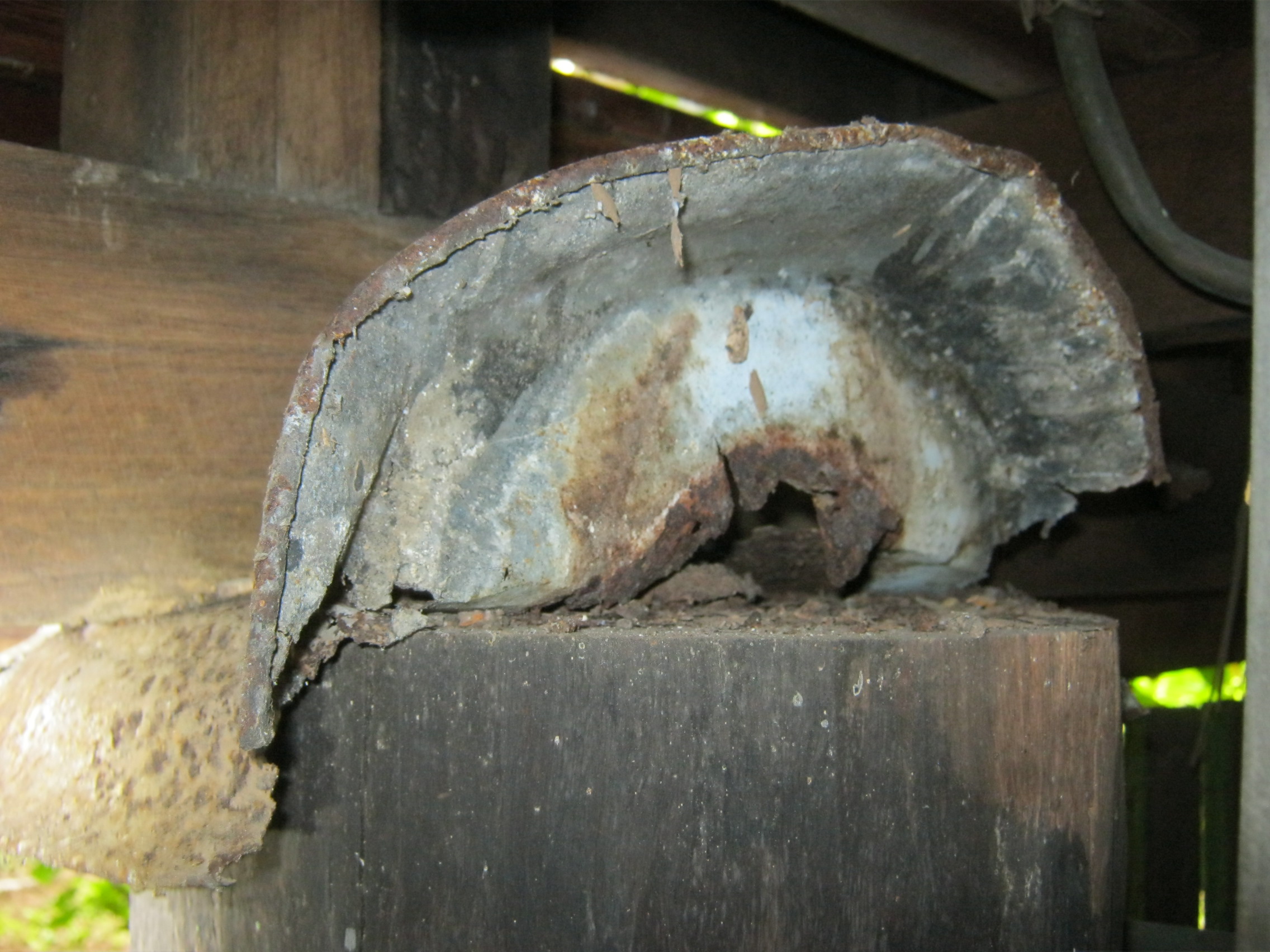Sadly, for Homeowners, there are plenty of untruths and conflicting information about termites, what we call “Suburban Myths”. Usually, it’s ideas that support not spending money, and that is probably why so many people readily adopt them.
Suburban Myth “Tin ant capping stops termites from getting into my home”.
Ant capping (or termite shielding, the terms are used interchangeably) doesn’t stop termites. Ideally, it forces the termites to expose their leads around the tin ant capping or flashing. It is meant to be a “point of detection”, not a deterrent.
Originally people would place a bit of tin on top of the wooden stumps before they placed the bearer and joists. Otherwise, termites would eat out the middle of the stump and gain concealed entry into the bearer and up into the house.



Debunk myths about the super power of ant caps
- Ant capping (or termite shielding, the terms are used interchangeably) is very common in Queensland homes. In fact, for many, they are a requirement under the State Building Code. As they’ve proved a useful inspection zone. But termite protection methods have drastically moved on, and far better options are available now.
- Unfortunately, Termite Shields can give homeowners a false sense of security, particularly if the home is older. It was common practice to nail the caps on the pier during construction to keep them on before the timber bearer was placed on top. This isn’t problematic until years later when nail and cap rust, leaving a sizable (and termite-accessible) hole under the bearers.
- Many Homeowners think ant caps are a ‘set and forget solution for termite prevention. Termite shielding (you can see an example of ant caps in the video below) is not, in fact, a termite deterrent at all. As they are made from materials termites cannot eat through, they are forced to build mudding trails to get around the barrier and into the timber. This allows us a chance to see evidence of their presence before they can do much damage. That’s all!
What should you do?
- Ensure you can see a 50mm+ gap continuously under the ant capping that is on ground level to maintain a visual inspection zone
- Suppose your ant capping is compromised by being covered or concreted over. Get a chemical treatment installed.
- Replace rusted ant capping on top of wooden stumps.
- Have regular inspections by a qualified, professional Pest Management Team with a trained eye and plenty of experience dealing with termites in South East Queensland. Those inspections can be the key to keeping your most significant investment safe.
If you have any concerns or would like to speak to a professional termite expert,




